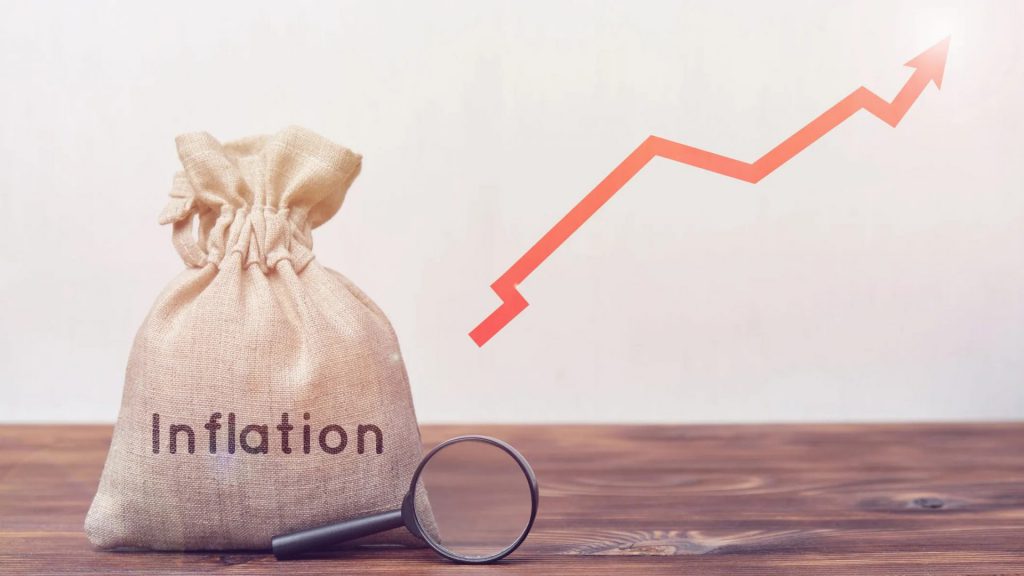US Inflation Cools to 2.4% in May – Markets Breathe as Fed Pressure Eases
Surprise dip in inflation sparks crypto rally as traders bet on dovish Fed pivot
Sub-3% print shocks economists – but Wall Street still finds a way to complain
Bitcoin pumps while traditional finance scrambles to revise rate-cut timelines (again)
Another day, another inflation report that somehow leaves everyone dissatisfied. Goldilocks would be proud.
 Source: CBS News, Year-Over-Year Inflation
Source: CBS News, Year-Over-Year Inflation
How US Inflation in May 2025 Affects Market Volatility & Regulations

Energy Prices Drive US Inflation in May Decline
The surprising US inflation in May deflation was led by gasoline prices, which fell 12% on a year over year basis. Clothing dropped 0.9 percent and airline fares fell 7.3 percent and those decreases helped to counter rising prices on beef, coffee and housing costs that consumers continue to encounter.
Adam Crisafulli of Vital Knowledge said lower energy prices were a key disinflationary pressure on the broad index. This energy-driven weakness contributed to restraining overall price pressures, although market volatility in other areas is continuing to impact the economy.
What’s the Federal Reserve Response to Inflation May 2025 Data?
The softer inflation May 2025 reading sent stock futures surging in pre-market trading, and investors anticipated this could prompt earlier Fed rate cuts than previously expected. However, economists maintain a 100% probability that the Fed will hold rates steady at its June 18 meeting. US inflation in May data, while encouraging, hasn’t shifted Fed policy expectations significantly given that rates remain above the 2% target.
Vice President JD Vance stated:
This political pressure reflects ongoing regulatory uncertainty surrounding Fed independence and rate policy decisions at the time of writing.
Tariff Impact on Future US Inflation in May Trends
While current us inflation in May data shows limited tariff effects, analysts warn that this will change in the coming months. Companies are already signaling price increases due to high transaction fees and import costs that are building up.
Seema Shah, chief global strategist at Principal Asset Management, stated:
Historical data suggests that tariff impacts typically appear about 3 months after implementation, and this timing is crucial for understanding future trends. The National Federation of Independent Businesses reported that 31% of members planned price hikes in May, up from 28% in April, and this indicates building pressure despite current inflation May 2025 moderation.
Stephen Kates, a financial analyst at Bankrate, had this to say:
Manufacturing data shows strain building, with factories reporting the highest price-increase share since November 2022. This suggests that while US inflation in May came in below expectations, underlying pressures from market volatility, regulatory uncertainty, and high transaction fees continue building across the economy right now. Consumer spending has also declined below pre-Trump levels, and this indicates households are preparing for higher costs ahead despite the temporary cooling in inflation May 2025 data.

